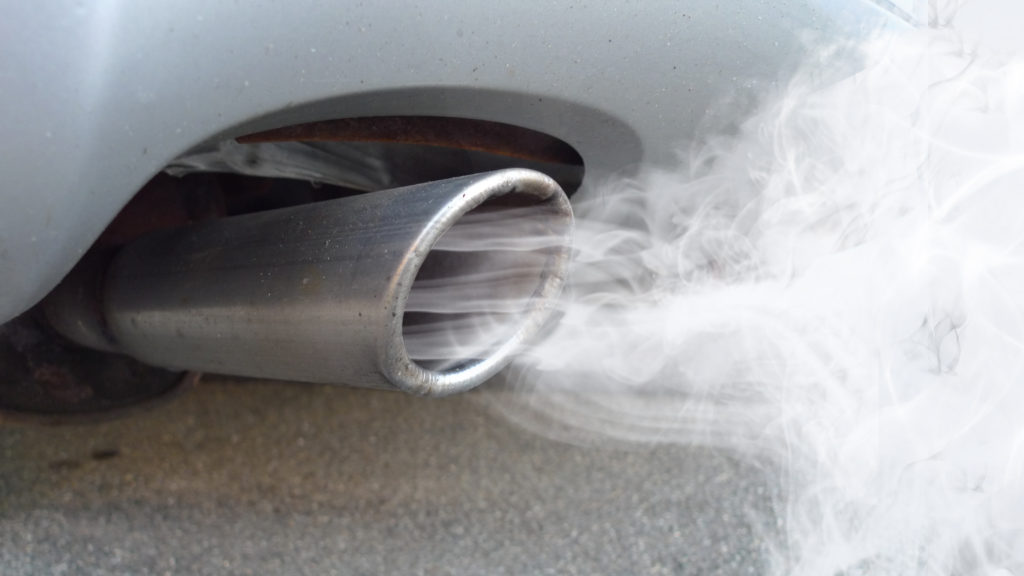
At Lou’s Custom Exhaust, we love it when a customer brings us a request for a challenging or unique modification. However, we always have to ensure that none of our custom exhaust modifications violate federal or NH exhaust laws.
Let’s start by taking a look at modifications that would violate the NH exhaust laws.
We’ve covered this topic before, so we’re just going to do a quick overview. In general, modifications that will increase the amount of exhaust that your car puts out or makes your car too loud are illegal. Examples of these modifications include removing the muffler, installing straight pipes, removing the catalytic converter, and installing a high-flow catalytic converter. The good news is that there is usually a way to get the performance you want out of your car without violating these laws and regulations.
You might be wondering why these modifications are illegal. So we’re going to look at the state and federal regulations that govern vehicle exhaust systems.
NH Exhaust Laws
Noise pollution laws govern the rules that are specific to the state of NH. In NH, the laws prohibit any vehicle from making “excessive noise,” but it does not specify what counts as excessive. The state gives police officers the power to determine whether or not a vehicle is within the law when it comes to noise pollution. Counties and municipalities may also have their own laws regarding noise pollution, so you should always check what the rules are where you live.
Federal Regulations
When it comes to the other kind of pollution—emissions—the EPA sets those standards. State laws must align with those standards. The pollutants the EPA is concerned with include carbon monoxide, nitrogen oxides, and hydrocarbons. These standards also apply to all vehicles: cars, trucks, motorcycles, etc. It is important to note, however, that the EPA only has jurisdiction over vehicles driven on public roads. States and local authorities may have rules that are even more stringent.
Additionally, the EPA has established regulations prohibiting the removal or rendering inoperative of a vehicle’s emissions control equipment, including catalytic converters, mufflers, and air injection systems. This means that vehicle owners are not allowed to remove or modify these components in a way that increases emissions from the vehicle.


